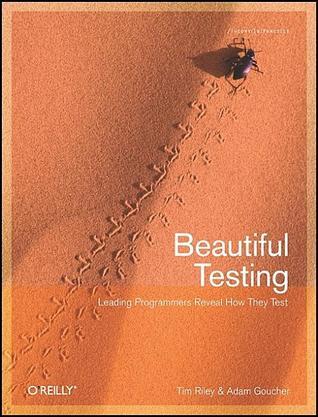What do you think?
Rate this book


347 pages, Paperback
First published October 1, 2009
Was it good for you? by Linda Wilkinson, an extraordinary, cheeky, true to life and very funny account of tester culture,
Building open source QA communities by Martin Schröder and Clint Talbert, a fascinating essay on a key issue in open source development,
Collaboration is the cornerstone of beautiful performance testing by Scott Barber, an impeccable and very readable series of stories written to document critical incidents "...related to the importance of collaboration in performance testing."
Software in use by Karen Johnson, an outstanding and sobering reminder on the ultimate value and application of testing,
Software development is a creative process, by Chris McMahon, a wonderful, thought-provoking and spot on analogy of testing as a jazz performance, and
Seeding bugs to find bugs: Beautiful mutation testing by Andreas Zeller and David Schuler, a lovely and intelligent introduction to mutation testing.